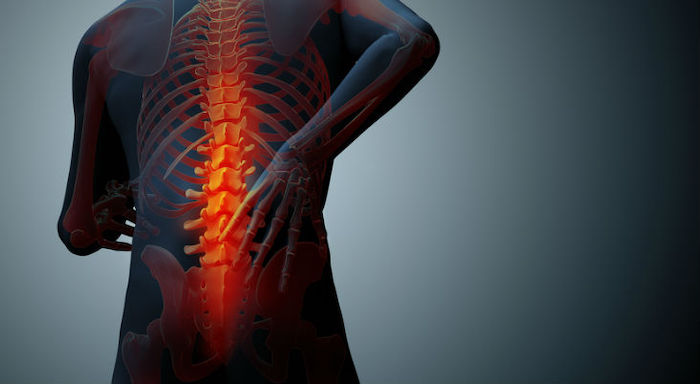
When your back muscle fibers become overstretched or torn called a back muscle strain your body’s natural response is to initiate an inflammatory cascade that causes swelling and may be accompanied by painful spasms. Quick treatment may help reduce symptoms and speed recovery. Here’s how:
Stop What You’re Doing
When your back pain suddenly flares up, discontinue the physical activity that you’re doing. It is important to protect your lower back from further injury. Don’t push through your workout or continue to do chores around the house.
Overusing a strained back muscle may worsen the damage and delay the recovery.
Ice it
Applying ice to your back can reduce blood flow to the injured area, which helps numb the pain and reduce inflammation and swelling. If you don’t have an instant ice pack on hand, you can try any of the following options:
- Fill a small plastic bag with ice (and include water to smooth out the bumps).
- Grab a bag of frozen vegetables from the freezer.
- Put a wet sponge in the freezer. Once it’s frozen, put it in a small plastic bag.
- Fill a sock with rice and place it in the freezer.
Apply cold therapy for no more than 20 minutes at a time with at least 2 hours rest between applications. Place a towel or protective barrier between your skin and the ice pack. Check your skin regularly to ensure it’s not being damaged by too much cold.
Consider Nonsteroidal Anti-Inflammatory Drugs (NSAIDs)
NSAIDs can help reduce the inflammation of a strained back muscle and may temporarily decrease swelling and provide pain relief. Examples of over-the-counter NSAIDs include aspirin, ibuprofen, and naproxen.
Before using an NSAID, carefully read and follow the label’s directions. Also, if you’re thinking about taking NSAIDs for more than a day or two, talk to your doctor. Some research indicates that long-term NSAID use may impair normal tissue healing, but more research is needed.
Find A Comfortable Position to Sleep or Rest
A back muscle strain can make it difficult to sleep. For a more comfortable position to rest or sleep, try to keep your spine naturally aligned:
- For people who prefer sleeping on the back, place a pillow underneath your knees to reduce stress on your lower back.
- For people who prefer sleeping on the side, place a pillow between your knees to help maintain balanced hips and natural spine alignment.
When resting during the day, it may be uncomfortable to sit. Consider using a recliner instead, which puts less stress on your lower back.
Change It Up After A Day or Two of Rest.
After 24 to 72 hours, you may consider:
- Switching from ice to heat therapy. Place a heat pack or electric heating pad against your back. The warmth will increase blood flow to the injured area and may soothe your strained muscles and connective tissues. Heat therapy can also reduce stiffness so you can more easily get up and exercise. Apply heat therapy for up to 20 minutes at a time with 2 hours of rest in between. When using a heating pad, always follow the directions carefully to reduce the risk of a burn.
- Gentle exercises and stretches. Don’t stay immobile for too long. Your muscles could become weaker, leading to more pain and stiffness. Get up and walk around, even if for just a few minutes at a time. Incorporate gentle stretching exercises into your day to restore your mobility and protect your back against future injury.
Some pain and stiffness are usually expected for a week or two as your muscles heal. If your symptoms don’t improve or continue to interfere with daily activities, contact your health care provider.
Precision Pain Care and Rehabilitation has two convenient locations in Richmond Hill – Queens and New Hyde Park – Long Island. Call the Richmond Hill office at (718) 215-1888, or (516) 419-4480 for the Long Island office, to arrange an appointment with our Interventional Pain Management Specialist, Dr. Jeffrey Chacko.













